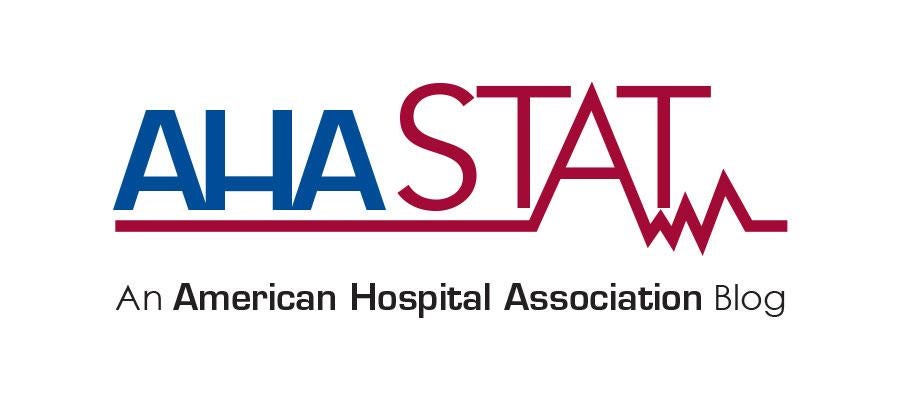How Recovery Leads to Resilience

In an industry like health care, where employees are chronically exposed to stressful and even life-threatening experiences, proactively preventing suicide is paramount. When we perceive a threat in our environment, our stress response (the fight/flight/freeze response) instinctually activates to help us survive the perceived threat. Theoretically, once the threat passes and we perceive safety in our environment, our stress response is deactivated, and the body can begin to recover.
This recovery period is paramount to building resilience. What happens if we don’t have the opportunity to recover? Trauma research has taught us that when our stress response is chronically activated and we receive can’t recover time, our response will become dysregulated and we will experience a cluster of symptoms, some of which – like increased exhaustion, depersonalization and decreased professional efficacy-- we use to define burnout.). If the dysregulation of the stress response persists, the cluster of symptoms can lead to various diagnosis such as PTSD, depression and/or anxiety. Employees who are chronically exposed to consistently stressful or life-threatening situations are at higher risk of their stress response being stuck “on,” making them more vulnerable to burnout, PTSD and suicide. This problem is compounded by the stoic culture of many healthcare settings, where expressing vulnerability or even taking time off can be stigmatized. Hospital employees are often selfless, resolute and committed, and many have found creative ways to recover and thrive in such a demanding setting. But what can the health care industry itself do to promote recovery for its employees?
Change the culture. Normalize and validate the instinctual human stress response. Educate all employees about the signs and symptoms of the stress response. Provide a shared language, such as the Stress Continuum, that can be used to communicate how people are doing at any given time. Normalize the use of on-site, real-time coping mechanisms, even those as simple as rolling your shoulders before entering a room, noticing your patients’ eye color during an encounter, or taking a deep breath every time, you log into your computer. Integrate recovery techniques into the workflow, building in time so that health care workers can get the recovery time they need, especially after particularly stressful cases or incidents. And, last, create a cooperative, inclusive culture where employees feel supported and empowered to take care of themselves and each other.
Knowledge is power. We know more about how trauma impacts the human experience than ever before. Let’s proactively apply that knowledge to support health care employees.

